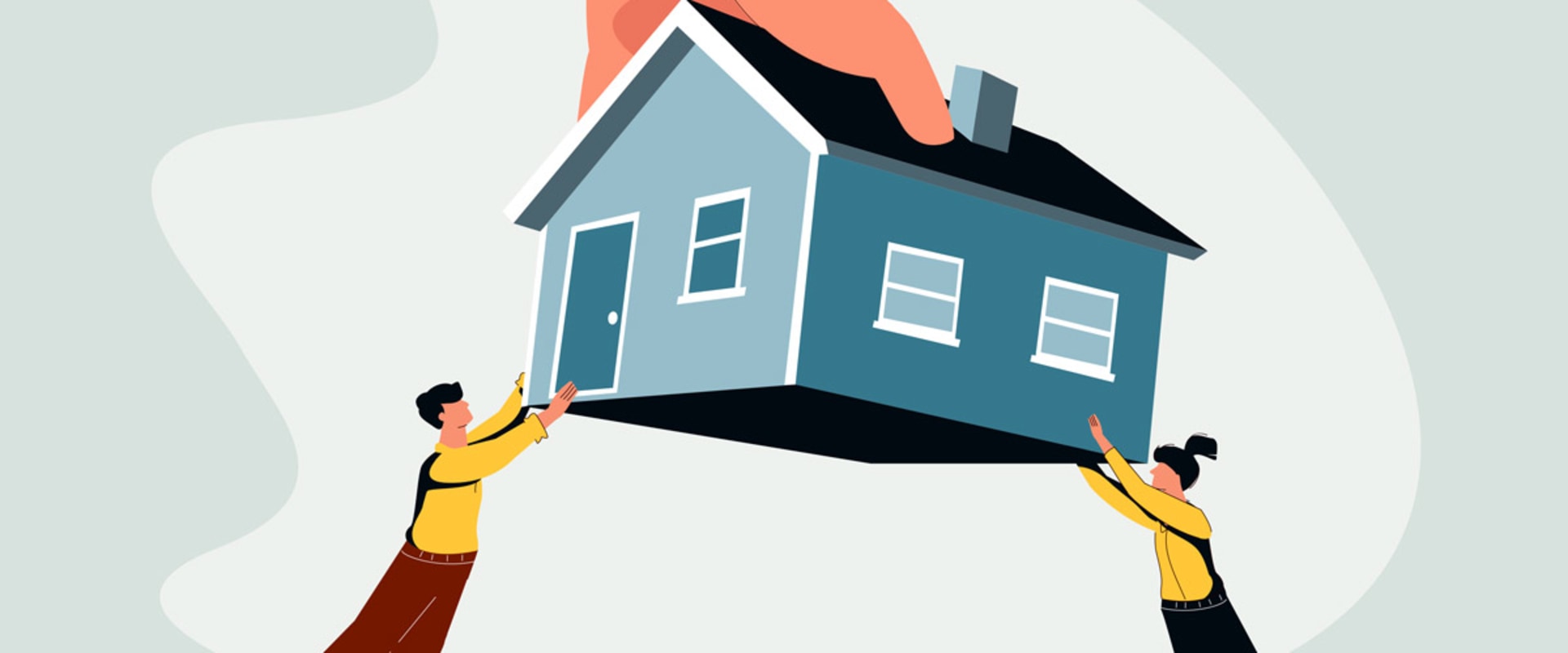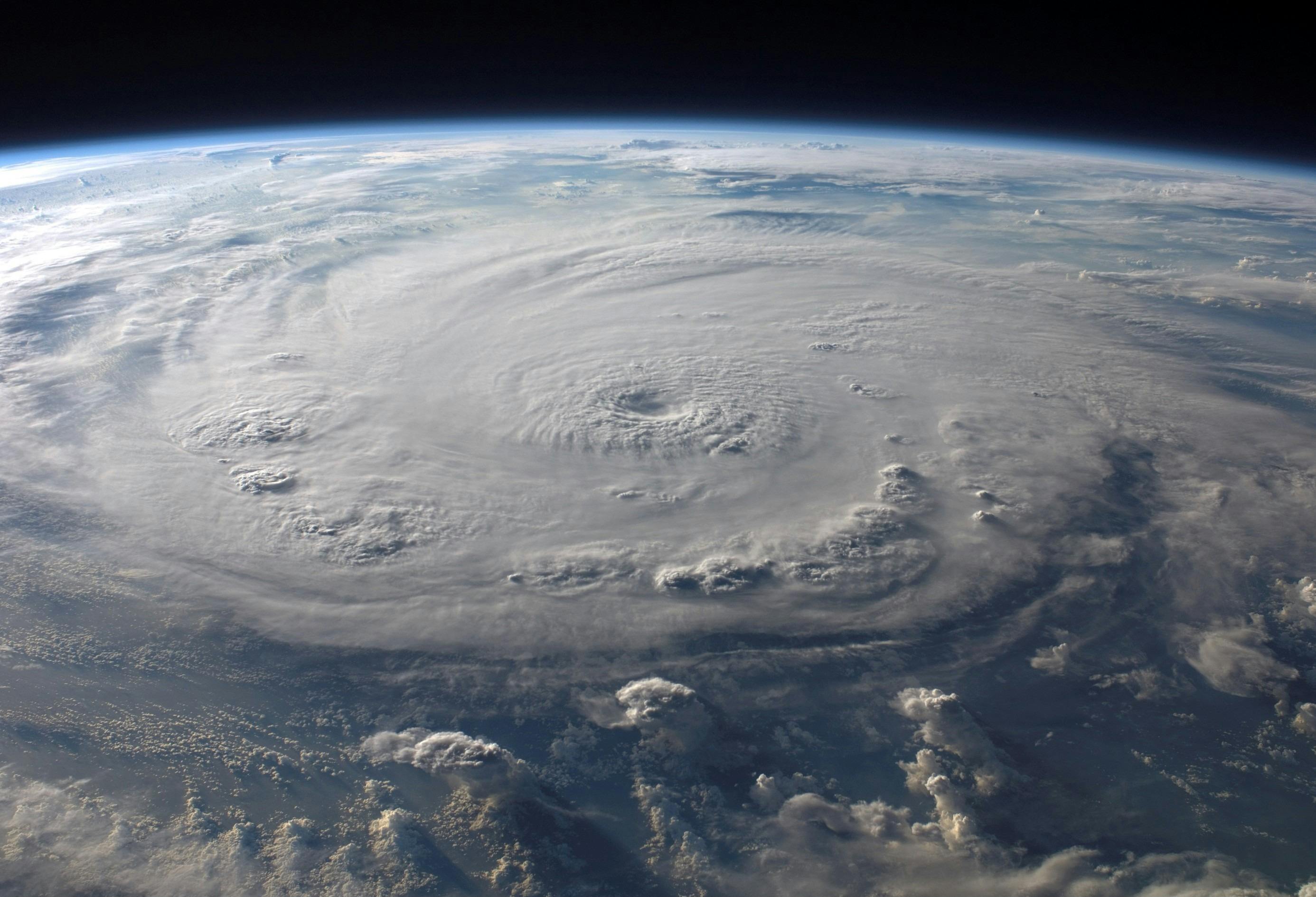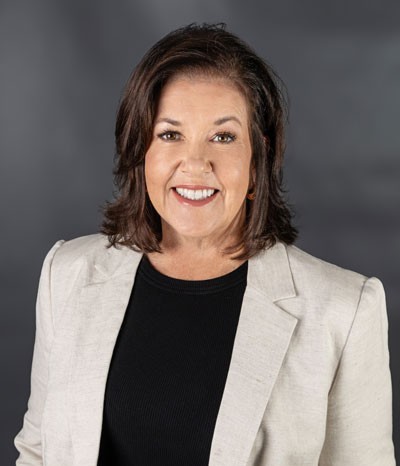Introduction
What if you learned that your home insurance provider canceled your policy? What if other insurers suddenly capped what amount of state business it was willing to take, essentially locking you into the market, becoming saturated with others without coverage? That situation is playing out more frequently as U.S. home insurers retreat from high-risk areas and rework homeowner policies to limit some coverage, such as damage caused by hail or hurricanes. We will dig deep into the changes that have affected the real estate market.
Background Information
Historical Context
Americans have been buying home insurance for decades to protect their investment and cover the financial costs of damages and losses. Historically, the insurance market has mitigated this risk by spreading it across geographies (the occasional catastrophic event in one place could be offset by long periods of relative calm elsewhere).
Recent Trends
Because disasters are happening more often and the cost of claims is soaring, insurance companies have started to pull out from zones that they deem too risky. The trend in severe natural disasters seems set to continue, with natural disasters last year costing the insurance industry more than $74,000 million (National Association of Insurance Commissioners — NAIC).
Reasons for Withdrawal
The primary reasons for this withdrawal include:
- Increased Natural Disasters: The cost of hurricanes, wildfires, and destructive hailstorms continues to rise.
- Rising Costs: It is more expensive for insurers to cover the damage with rebuilding and repair costs rising,
- Regulatory Challenges: Some states have stringent regulations for insurance companies on how much they can charge for premiums and limit their payback profit.
Immediate Impacts on Homeowners
Increased Costs
Suppose only a few companies insure homes and businesses near rivers, creeks, hurricane paths, or flood zones. One company leaves, resulting in high premium rates for the rest of the covered market. This means that insurance costs will become unsustainable for homeowners located in these regions.
Limited Coverage Options
As insurers drop out and the rest look to triage, they tend to restrict what kinds of coverage they will provide. For instance, some policies might not cover hurricane or hail damage expenses and can force homeowners to purchase expensive rider coverage for natural disasters on top of their regular policy's advances or defer paying bills while uninsured.
Increased Risk Exposure
Homeowners are at financial risk without proper insurance. One catastrophic event could financially destroy them if they do not have the right coverage to rebuild or repair their homes.
Long-Term Implications for the Real Estate Market
Property Values
The difference in home insurance can affect the value of property. Here, homes in high-risk areas may depreciate as prospective buyers account for the likelihood of availability and increased costs to secure insurance.
Buyer Behavior
Homebuyers are reluctant to purchase in vulnerable areas for fear of disastrous events. This change in buying behavior can dampen the housing markets in these areas, leading to a decrease in overall requests.
Investment Risks
The uncertainty and possibility of skyrocketing insurance costs would make it less appealing to invest in high-risk areas. Because of this, these regions will find it hard to develop and slow their economic growth.
Regional Case Studies
Case Study 1: Florida and Hurricanes
Insurance Challenges
Because so much of Florida experiences hurricanes, it has its issues. Insurers have cut back on jobs and raised rates because of the frequency and severity of storms.
Real Estate Market Impact
While the withdrawal of insurers results in decreased property values for some coastal areas. Properties in high-risk flood zones are experiencing slower price growth than real estate that is less likely to be affected by floods, according to a new report from CoreLogic.
Case Study 2: California and Wildfires
Insurance Challenges
The state's wildfire season has lengthened and intensified, leading many insurers to cancel policies or raise rates. Insurance non-renewals spiked 31% in areas at high risk of wildfires last year, according to the California Department of Insurance.
Real Estate Market Impact
This has made it hard for homeowners in wildfire-prone areas to sell their properties because of the high costs and low availability. As a result, the real estate market in those areas has slowed down.
Case Study 3: Midwest and Hailstorms
Insurance Challenges
Severe hailstorms impacting the Midwest cause a lot of damage. Higher hail premiums or completely nixing the coverage altogether are increasingly common among insurance companies.
Real Estate Market Impact
The demand for properties situated in hail-prone locations has fallen, while buyers are becoming more hesitant about buying homes without sufficient cover. You can see this trend, especially in places such as Oklahoma and Texas, areas known to receive hail.
Government and Regulatory Responses
State-Level Interventions
A Few states have established high-risk pools or state-operated programs to provide coverage in places private insurers withdrew. For example, the Citizens Property Insurance Corporation in Florida supplies coverage to homeowners without insurance from private insurers.
Federal Assistance
Even federal programs, such as the National Flood Insurance Program (NFIP), issue flood insurance for high-risk areas and have fostered funding and regulatory problems.
Effectiveness of Responses
Without question, these are band-aid interventions, not systemic solutions. The math around state-run programs is such that they can quickly become financially strained, and the federal program frequently requires legislative reform to cope with increased uptake.
Risk Mitigation
Mitigation strategies could allow homeowners to reduce risk and decrease insurance costs. These include installing storm shutters, reinforcing roofs, and clearing defensible space around homes for wildfire areas.
Alternative Insurance Options
The coverage that emerged from this was via non-traditional lines of insurance — insurers willing to take on much higher risks when the standard markets walked away.
Financial Planning
Homeowners need to plan how they will cope with any gaps in their insurance coverage. Creating an emergency fund and looking into additional insurance can provide peace of mind.
Future Outlook
Industry Trends
Lack of insurance availability will likely push demand from these high-risk areas to other regions. This response could reduce price volatility in catastrophes, and long-term impacts may include additional regulatory changes or shifts within the market.
Climate Change Considerations
Given the increasing magnitudes of natural disasters due to climate change, home insurance is gradually becoming unaffordable and inaccessible, with homeowners being severely disadvantaged.
Real Estate Market Projections
If anything, this only speaks to how flexible the real estate market is — with any possibility of increased property values in low-risk areas and further decreases endangering high-risk regions. This may lead investors and developers to build resilient construction to more disaster preparedness.
Implications and Warnings of Predatory Lending to Cover Insurance Gaps
High-Interest Rates and Unfavorable Terms
Some homeowners may turn to predatory lenders that offer cash-out loans as part of their fraudulent programs. This would have placed significant financial stress on the residents, especially for homeowners burdened with thousands of dollars in insurance premiums.
Risk of Foreclosure
But If homeowners Can't Meet The Terms For Paying It Back, They Could Lose Their Homes In Foreclosure. This cost is in addition to the already high financial hit we take with inadequate insurance and the potential loss of property from natural disasters.
Lack of Regulation
Predatory lenders operate in relatively unregulated spaces, and borrowers are less likely to find relief. Homeowners need to keep their finger on the pulse of what they are signing up for and consult with financial advisors whom they trust.
Comparison to the 2008 Financial Crisis
Similarities
- Targeting Vulnerable Homeowners: Predatory lenders target vulnerable homeowners the same way they did through high-risk, subprime mortgage loans.
- Unsustainable Debt: Both scenarios involve plunging more households into unpayable debts. This was via the subprime mortgage during 2008, and now it could be through high-interest loans to fill their insurance gaps.
- Risk of Widespread Financial Distress: As in 2008, widespread financial distress and foreclosure could be ignited by predatory lending practices today — since many regions are most affected by things like natural disasters or pulling out of insurance.
Differences
- Nature of Loans: The 2008 financial crisis was rooted in subprime adjustable-rate mortgages resetting at rates home buyers could not afford. Today, attention has shifted to expensive personal loans or lines of credit with high interest rates for insurance costs.
- Market Conditions: In 2008, a housing bubble and haphazard issuance of subprime loans by corrupt financial institutions triggered that crisis. This is increasingly a concern for homeowners in high-risk areas who cannot buy insurance.
- Regulatory Environment: In the aftermath of the 2008 crisis, some are worried about increased regulation and oversight of mortgage lending. But personal loans and other credit-filling insurance gaps might not hold up to the same level of scrutiny, allowing for potentially predatory practices.
Preventive Measures and Advice for Homeowners
Financial Education and Awareness
Whether through vigorous pursuit by government regulators or increased education to steer people away from predatory lending, homeowners must understand everything about any loan they eye. Their awareness will be at low risk of becoming mired in debt pitfalls.
Seek Reputable Financial Advice
Homeowners considering a loan for insurance gaps should consult reputable financial advisors or credit counselors. These experts evaluate whether the loan is even needed and provide other options.
Exploring Alternative Options
Government Assistance Programs
Look into whether your state or the federal government offers home improvement assistance programs to low and middle-class homeowners in disaster-prone areas. The National Flood Insurance Program (NFIP) provides flood insurance at cheaper prices.
Community Resources
Some communities offer resources or programs to help homeowners with insurance costs or disaster preparedness.
Non-Profit Organizations
The Consumer Financial Protection Bureau (CFPB) provides many resources for victims of predatory lending.
Conclusion
Home insurance companies pulling away from high-risk areas and specific types of coverage significantly challenges homeowners and lenders in the real estate marketplace. Homeowners can be more equipped to address changes and protect their investments by learning the implications of these economic shifts and new adaptation strategies. Filling insurance gaps is vital to safeguarding homes and financial health, but homeowners must guard against predatory lending practices. By understanding the risks using a comparison to practices that contributed (and measures taken into account) after managing through 2008, homeowners can make better decisions and avoid predatory products. The risks of loan sharks can potentially be reduced through increasing financial education. Additionally helpful is seeking out approved advice and considering other sources.
References
National Association of Insurance Commissioners (NAIC). (2021). Natural Disasters in 2020 Cause Over $74 Billion in Insured Losses. Retrieved from NAIC.
CoreLogic. (2020). Impact of Natural Disasters on Property Values. Retrieved from CoreLogic.
California Department of Insurance. (2020). Insurance Non-Renewals in Wildfire-Prone Areas Increased by 31%. Retrieved from CDI.
Consumer Financial Protection Bureau (CFPB). (2021). Avoiding Predatory Loans. Retrieved from CFPB.









